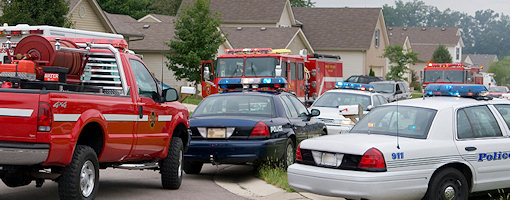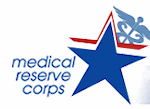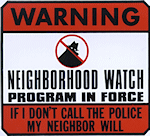Community Emergency Response Team (CERT)

Following a major disaster, first responders who provide fire and medical services will not be able to meet the demand for these services. Factors as number of victims, communication failures, and road blockages will prevent people from accessing emergency services they have come to expect at a moment’s notice through 911. People will have to rely on each other for help in order to meet their immediate life saving and life sustaining needs.
One also expects that under these kinds of conditions, family members, fellow employees, and neighbors will spontaneously try to help each other. This was the case following the Mexico City earthquake where untrained, spontaneous volunteers saved 800 people. However, 100 people lost their lives while attempting to save others. This is a high price to pay and is preventable through training.
If we can predict that emergency services will not meet immediate needs following a major disaster, especially if there is no warning as in an earthquake, and people will spontaneously volunteer, what can government do to prepare citizens for this eventuality?
First, present citizens the facts about what to expect following a major disaster in terms of immediate services. Second, give the message about their responsibility for mitigation and preparedness. Third, train them in needed life saving skills with emphasis on decision making skills, rescuer safety, and doing the greatest good for the greatest number. Fourth, organize teams so that they are an extension of first responder services offering immediate help to victims until professional services arrive.








